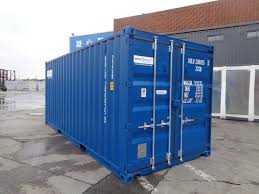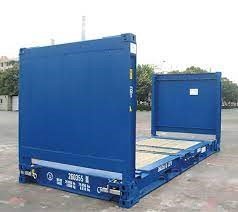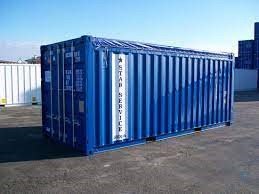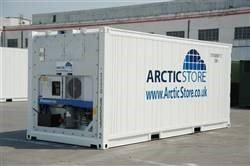|
|
|
|
Types of containers
1. Dry Storage Container
Dry storage containers are the most common containers used in the shipping industry. They come in lengths of 20, 40, and 45 feet, and they are designed to transport dry goods. These containers do not allow for temperature controls, so they are not suited for moving food or chemicals that require refrigeration. There are about seventeen million intermodal containers in the world, and a large proportion of the world’s long-distance freight generated by international trade is transported in shipping containers. Their invention made a major contribution to the globalization of commerce in the second half of the 20th century, dramatically reducing the cost of transporting goods and hence of long-distance trade. 2. Flat Rack Container
A flat rack container has no top and only two sides. This makes room for heavy loads to be set the rack from above or from the side. Most flat rack containers are either 20 or 40 feet long, and they are made from steel for strength and durability. Some flat rack containers are collapsible, and some come with additional walls that can be attached to the frame. 3. Open Top Container
This type of container is basically a Dry Storage type but without top. This allows for easy loading of bulk cargo. There is a roof structure, plastic, that can be secured to the container with ropes, and that provides protection against rain and other forms of precipitation. 4. Open Side Storage Container
An open side container has one long side that can completely open. This is beneficial for wide merchandise that may be difficult to get through the end of a tunnel container or dry storage container. The side swings open as if it was made of two large doors, but it can still be secured to protect the merchandise inside. 5. Refrigerated ISO Containers
A refrigerated container or reefer is an intermodal container used in intermodal freight transport that is refrigerated for the transportation of temperature-sensitive cargo. While a reefer will have an integral refrigeration unit, they rely on external power, from electrical power points (“reefer points”) at a land-based site, a container ship or on quay. When being transported over the road on a trailer or over rail wagon, they can be powered from diesel powered generators (“gen sets”) which attach to the container whilst on road journeys. Refrigerated containers are capable of controlling temperature ranging from -65 °C up to 40 °C. 6. ISO Tanks
Tanks are storage containers designed to hold liquids. They are usually constructed out of anti-corrosive materials because of the chemicals they are used to carry. Tanks may also be used to store dry goods like sugar, but they are most often used exclusively for liquids. 7. Half Height Containers
Made mostly of steel, these containers are half the height of full-sized containers. Used especially for goods like coal, stones etc., which need easy loading and unloading. This type of container is being used more and more for Containerized Bulk cargo. |
| |
© AMB Expediton company |